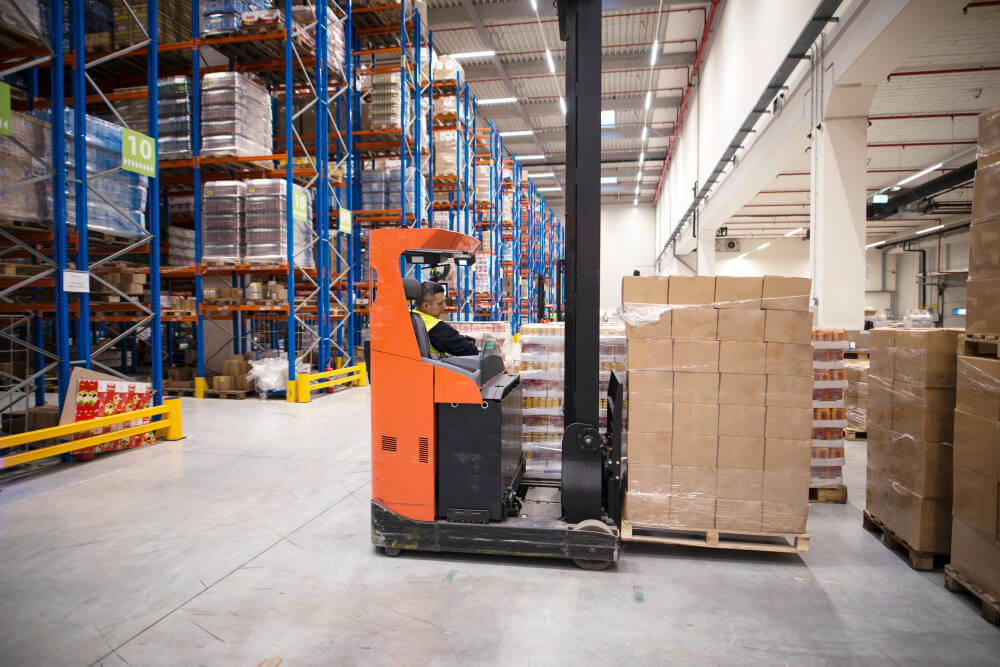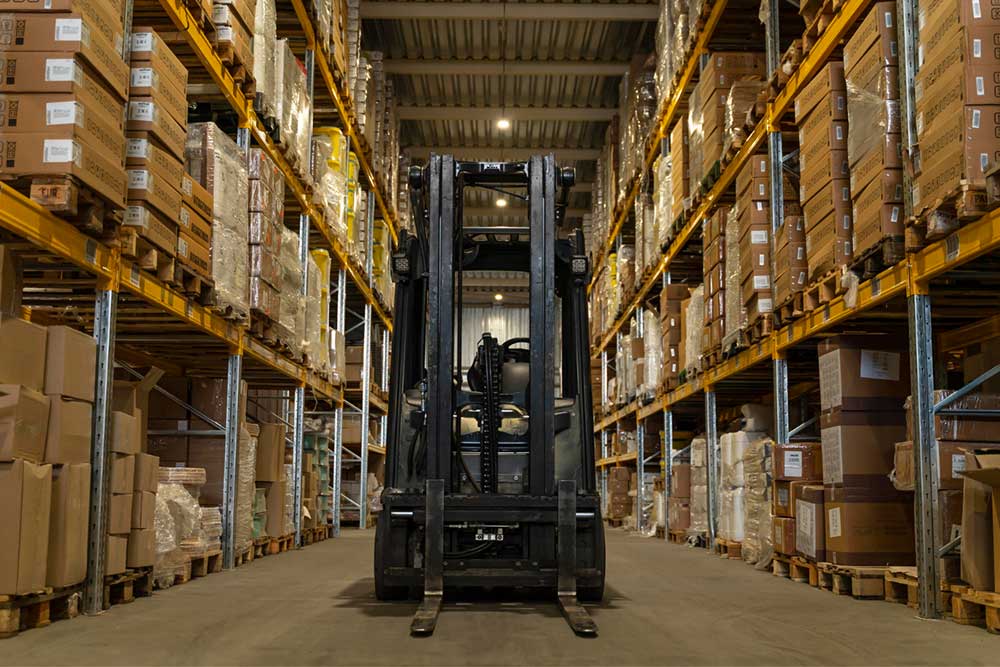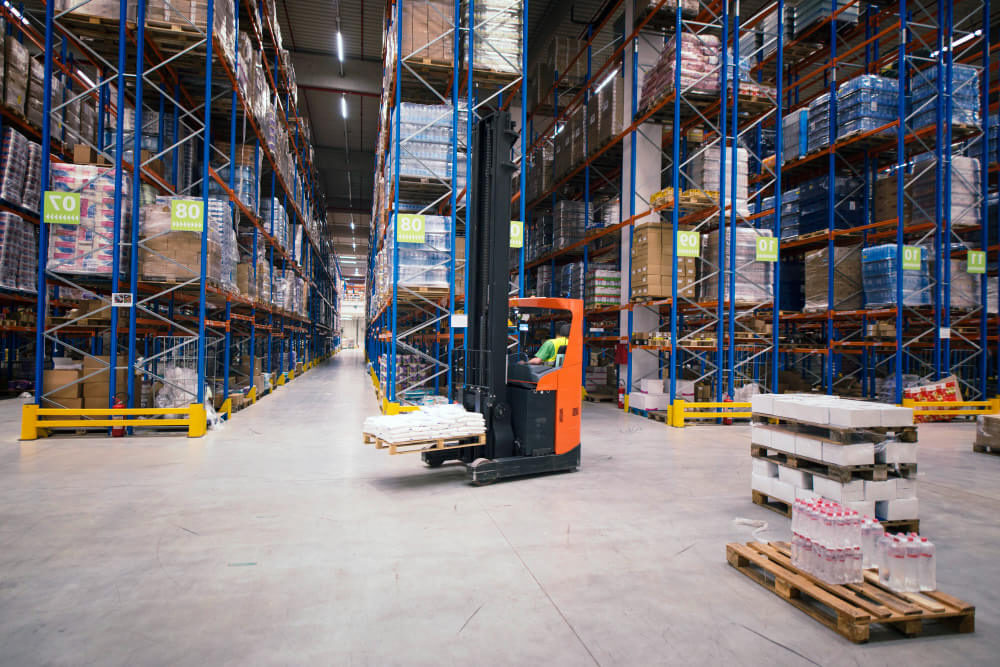
The warehousing industry has an injury rate of 5.1 per 100 full-time workers, higher than the national average of 3.4. OSHA’s 2024–26 Warehouse National Emphasis Program (NEP) is a three-year federal safety initiative that significantly heightens enforcement and inspections of warehousing, distribution, and select retail operations across the US. The NEP was introduced due to rising injury and illness rates in these sectors, which now surpass many other industries. According to the NEP, Bureau of Labor Statistics (BLS) statistics show that injury and illness rates in warehousing and distribution centers, mail/postal processing and distribution centers, parcel delivery/courier services, and “high injury rate retail establishments” are “significantly higher than for other establishments.”
OSHA will conduct comprehensive, “wall-to-wall” safety inspections (as opposed to partial inspections) focused on known high-hazard areas in these workplaces. Inspections will be comprehensive and focus on hazards common to those industries, including powered industrial vehicle operations, material handling/storage operations, walking-working surfaces, means of egress, and fire protection. Heat and ergonomic hazards are also to be considered during such inspections. High-injury-rate retail establishment inspections will focus on loading and storage areas, but they can be expanded if “there is evidence that violative conditions may be found in other areas” of those establishments.The impact for businesses include increased inspections and the possibility of citations and penalties.


While safety challenges are increasing, the warehousing industry is also going through a significant disruption. In 2025, approximately 24,400 warehousing jobs were lost in the US through June, up from around 14,300 for all of 2024. Key drivers include automation, facility closures and cost cutting and economic pressures to drive higher efficiencies.
The industry faces an unprecedented challenge in managing through a more disruptive and more complex regulatory environment with fewer people while ensuring safety is not compromised.
Darsa AI’s advanced computer vision technology offers a game-changing solution to address these critical issues, optimizing operations while enhancing worker safety and inventory management.
The industry grapples with several key challenges
Workplace Injuries
-The warehousing industry has an injury rate of 5.1 per 100 full-time workers, higher than the national average of 3.4.
-In 2019, there were approximately 213,100 nonfatal injuries and illnesses in the warehousing and transportation sector.
-The total cost of work injuries in warehousing was estimated at $84,000 per injury in direct costs alone.
Inventory Accuracy
- Industry average inventory accuracy is only 63%, leading to significant inefficiencies and lost revenue.
- Inaccurate inventories cost retailers an estimated $224 billion annually due to lost sales.
Equipment Misuse and Accidents
- Forklift accidents alone cost employers an average of $48,000 per incident.
- Equipment-related injuries account for a significant portion of warehouse accidents.
Darsa AI’s cutting-edge AI-powered surveillance system revolutionizes warehousing and logistics operations:
Real-time Safety Monitoring
- AI algorithms detect unsafe practices, such as improper lifting techniques or equipment misuse.
- Immediate alerts to supervisors for prompt intervention.
Inventory Tracking and Management
AI-powered image recognition for automatic inventory updates.
Order Fulfillment Optimization
Real-time verification of picked items against orders.
Equipment Tracking and Maintenance
- Monitors equipment usage patterns and identifies potential maintenance needs.
- Tracks equipment location to optimize utilization.
Worker Productivity Analysis
- AI analyzes worker movements to identify best practices and areas for improvement.
- Provides data for targeted training and process optimization.
Integration with WMS and ERP Systems
- Seamlessly integrates with existing warehouse management and enterprise resource planning systems.
- Provides a comprehensive view of operations for data-driven decision making.
Key Benefits
Enhanced Worker Safety
- Potential to reduce workplace injuries by up to 40%.
- Faster response times to accidents or safety violations.
Increased Order Fulfillment Accuracy
- Reduce picking errors by up to 80%.
- Decrease return processing costs and improve customer satisfaction.
Productivity Boost
- Increase worker productivity by 10-20% through optimized processes.
- Reduce labor costs and improve throughput.
Equipment Efficiency
- Reduce equipment-related accidents by up to 70%.
- Optimize equipment utilization and maintenance schedules.
Data-Driven Insights
- Comprehensive analytics on operations, safety, and efficiency.
- Continuous improvement based on AI-generated insights.
